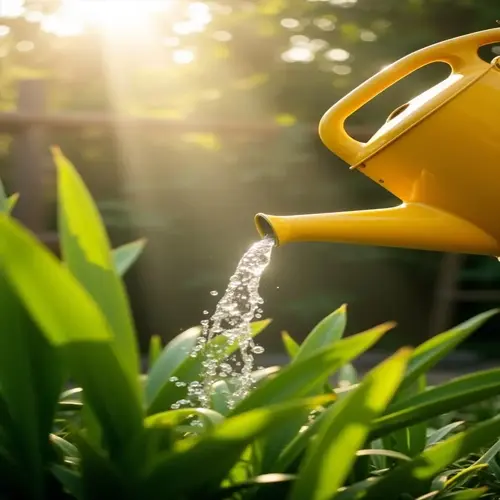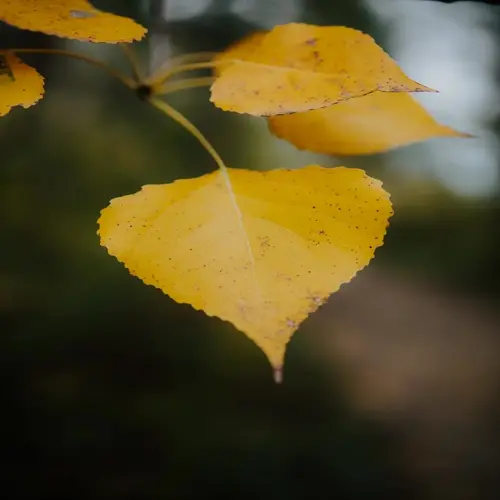Can I grow acid-lovers in containers?

Written by
Olivia Mitchell
Reviewed by
Prof. Samuel Fitzgerald, Ph.D.Container growing of acid-loving plants expands the possibilities of gardening, no matter what your soil conditions are. The pH can be perfectly controlled for species such as blueberries and rhododendrons. Container gardening offers mobility and enables you to work around space constraints. Careful soil mixing and draining practices guarantee success. It is a great method for urban gardeners and those in climates with significant challenges.
Soil Composition
- Mix 50% ericaceous compost for acidity
- Include 30% pine bark for structure
- Add 20% perlite for drainage
Container Selection
- Choose plastic pots for pH stability
- Use fabric pots for blueberries
- Avoid metal containers altering chemistry
Maintenance Routine
- Refresh soil every 2-4 years
- Check drainage holes monthly
- Elevate containers for airflow
Proper drainage helps prevent root rot in container gardening. Drill 3-5 additional holes in commercially purchased pots. Layer gravel 1 inch deep in the bottom of the container. Use pot feet to elevate containers 2 inches above surfaces. Assess drainage after heavy rain to ensure free flow of water.
Seasonal care differs greatly from plant to plant in containers. In the summer, checking moisture levels daily is crucial during prolonged periods of heat. In winter, plants must be insulated with bubble wrap below USDA zone 7, and relocated to protected locations in the event of frost. As the signs of growing activity decrease, the need for watering also decreases, as they are mostly dormant.
Customized soil mixes are often superior to commercial ones for acid-loving plants. Mix your own ratios based on your plants; consider adding additional sulfur for blueberries and coconut coir for hydrangeas in hot, dry conditions. Test pH using digital meters every few months. Use acid-forming fertilizers and amend them according to each plant type, based on your testing, for a more consistent response.
Container gardening provides more flexibility and control than in-ground planting. You can move plants to get the best sun. Rotate containers for even growth. Isolate plants when pests attack. Redo the soil entirely when nutrients are depleted.
Read the full article: 10 Acid Loving Plants for Your Garden

